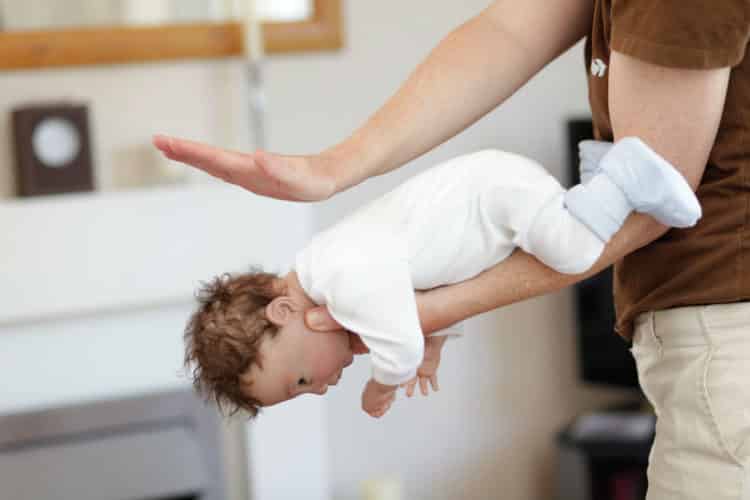To learn more about possible cases for emergency care, go to Choking, Suffocation and Strangulation.
What to do if the baby becomes unconscious?
CALL 911 IMMEDIATELY!
To perform cardiopulmonary resuscitation on a very young child, you need to have taken a class to know what to do and when to do it.
Where should I place the baby? Do I start with compression or ventilation? How many times? Where should I perform compression on a newborn?
The right answers to these questions will help you feel secure and do everything you can for your baby in an emergency.
Cardiac Arrest
Cardiac arrest is a life-threatening emergency. It’s the sudden loss of blood flow accompanied by a loss of consciousness and respiratory arrest leading to death.
Many things can cause cardiac arrest, including choking and suffocation (drowning). Early cardiac massage can help avoid the worse in most cases. Every minute means a 10% reduction in the likelihood of reanimation. Every second counts!
Signs of Cardiac Arrest
- Unconsciousness
- Loss of breathing
- Paleness and cyanosis (bluish skin)
- No pulse
You can learn how to check your baby’s state of consciousness, how to quickly evaluate their condition, how to call 911 and start ventilation and compression. You need to be prepared!
To continue reading, go to Advice from a Pro: Preventing Baby Cardiac Arrest.


